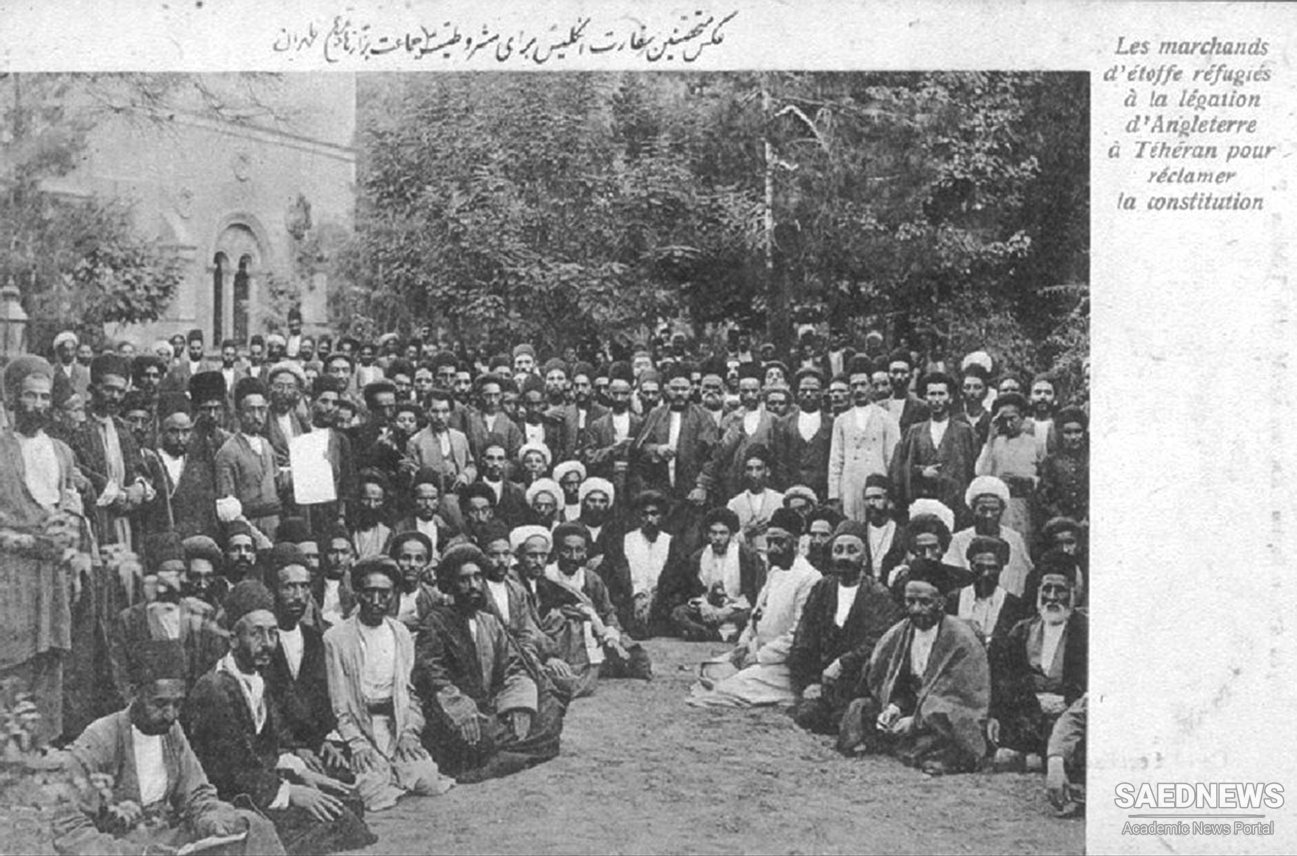By the late 1880s the Qajar state began to experience fresh financial pressures caused by worldwide inflation and the collapse of silver-based currencies. The growth of the state and the increasing royal and ministerial appetite for luxury and good living also demanded new sources of income, which could not be secured through agrarian and other traditional taxation. Even the increasing sale of crown lands to private ownership, mostly to influential merchants and the wealthy ulama, and farming out of the customhouses to domestic agents, could not meet the state’s needs. To Naser al-Din Shah and his advisers, the sale of concessions seemed the easiest and most efficient option. And imposing a monopoly on tobacco seemed the most promising.The politics of the late Naseri era also paved the way for greater foreign presence. Coinciding with the Karun River concession, in 1888 the British government bestowed the highly coveted decoration of the Star of India on the pro-British prince Mas‘ud Mirza Zell al-Soltan (1849–1922), the Shah’s powerful senior son and the semiautonomous governor of Isfahan and a number of central and western provinces of Iran. The decoration was in return for the prince’s friendship to the British government, and especially his services toward the conclusion of the Karun concession and in hopes of further concessions and greater British influence in the south. Whether a premeditated move or out of fear for Zell al-Soltan’s pro-British bent, the shah almost immediately dismissed the prince from all his posts except the governorship of Isfahan. The move orchestrated by the shah’s shrewd new premier, ‘Ali Asghar Khan Amin al-Soltan (1858–1907), was meant to curb Zell al-Soltan’s unchecked ambition and to direct Britain’s attention solely to Tehran.Amin al-Soltan, son of the shah’s butler who was of Georgian slave origin, started his service as a page boy in the shah’s private quarters (khalvat) and moved his way up, first to the court and then to the divan. After the demise of Moshir al-Dowleh, he emerged as a partner in power with the chief government accountant Mirza Yusef Ashtiyani—better known as Mostawfi al-Mamalek (chief state accountant of the empire)—the shrewd leader of the government’s conservative camp and a man who had served in his hereditary post since the mid-1840s. Known merely as “His Excellency” (Jenab-e Aqa), Mostawfi had enough skeletons in his closet to make even the shah deferential toward him and mindful of his intrigues. His death in 1890, however, opened the way for Amin al-Soltan, as the new sadr-e a‘zam, to push for greater accession to foreign capital and expertise. A cunning confidant of the shah and a master of realpolitik—more in the style of Aqasi and Nuri than Amir Kabir and Moshir al-Dowleh—he symbolized the eventual triumph of the Naseri courtiers over the divan class (Source: Iran A Modern History, Abbas Amanat).


 Persia's Struggle after Constitution the Building-Block of Modern World
Persia's Struggle after Constitution the Building-Block of Modern World














































